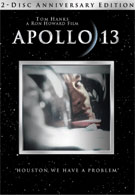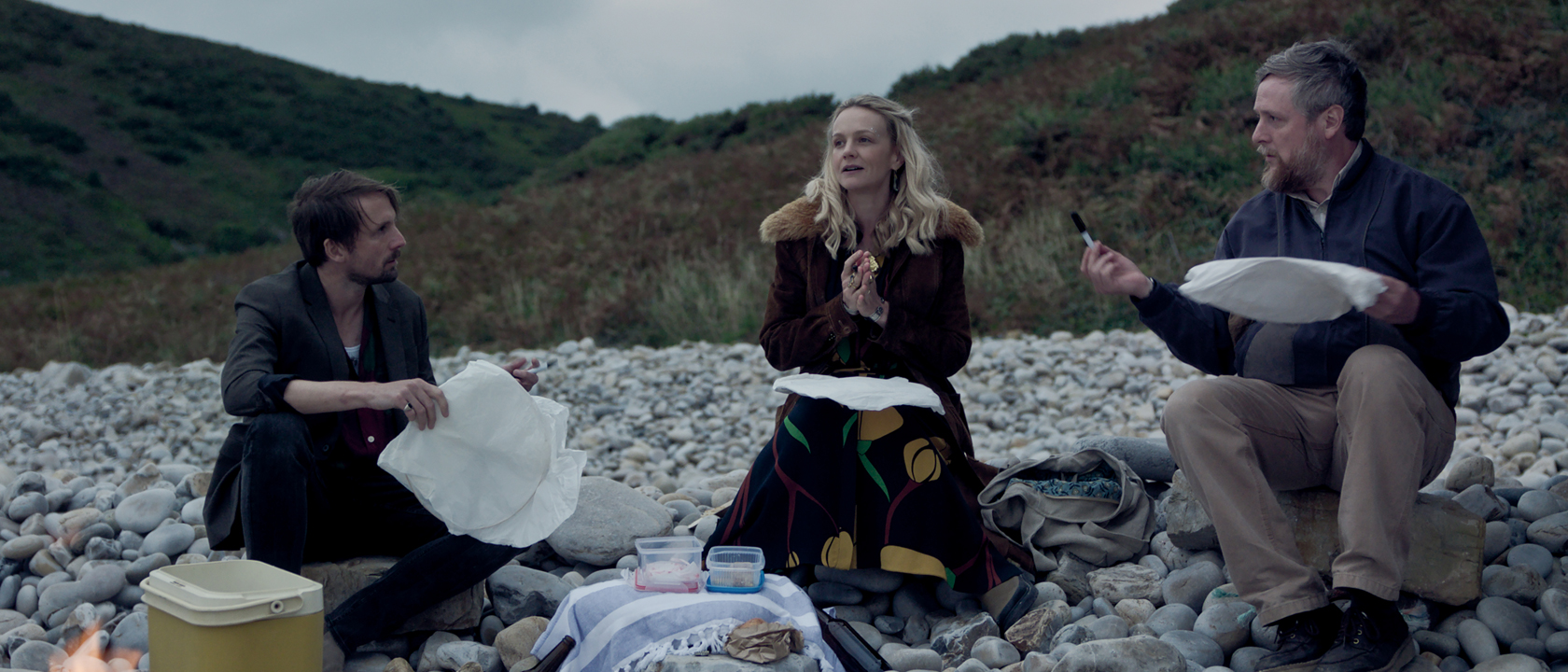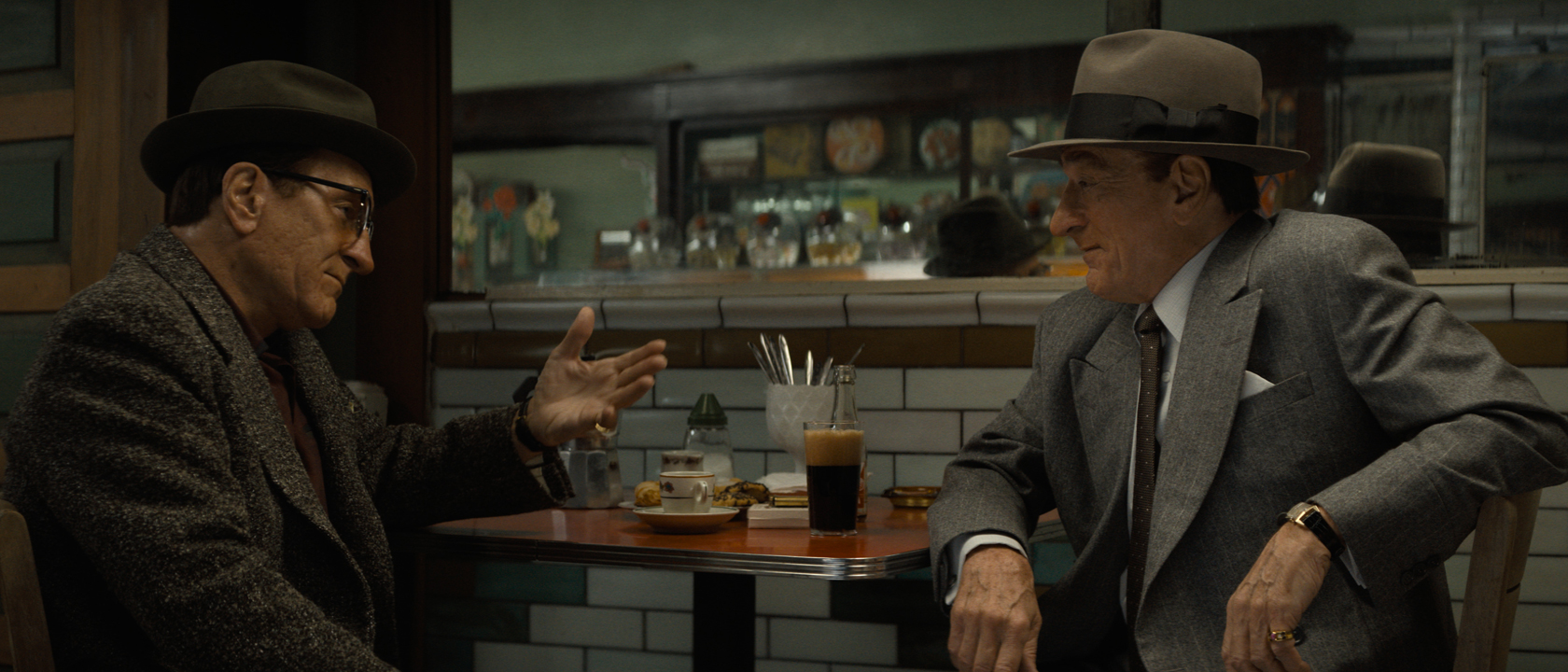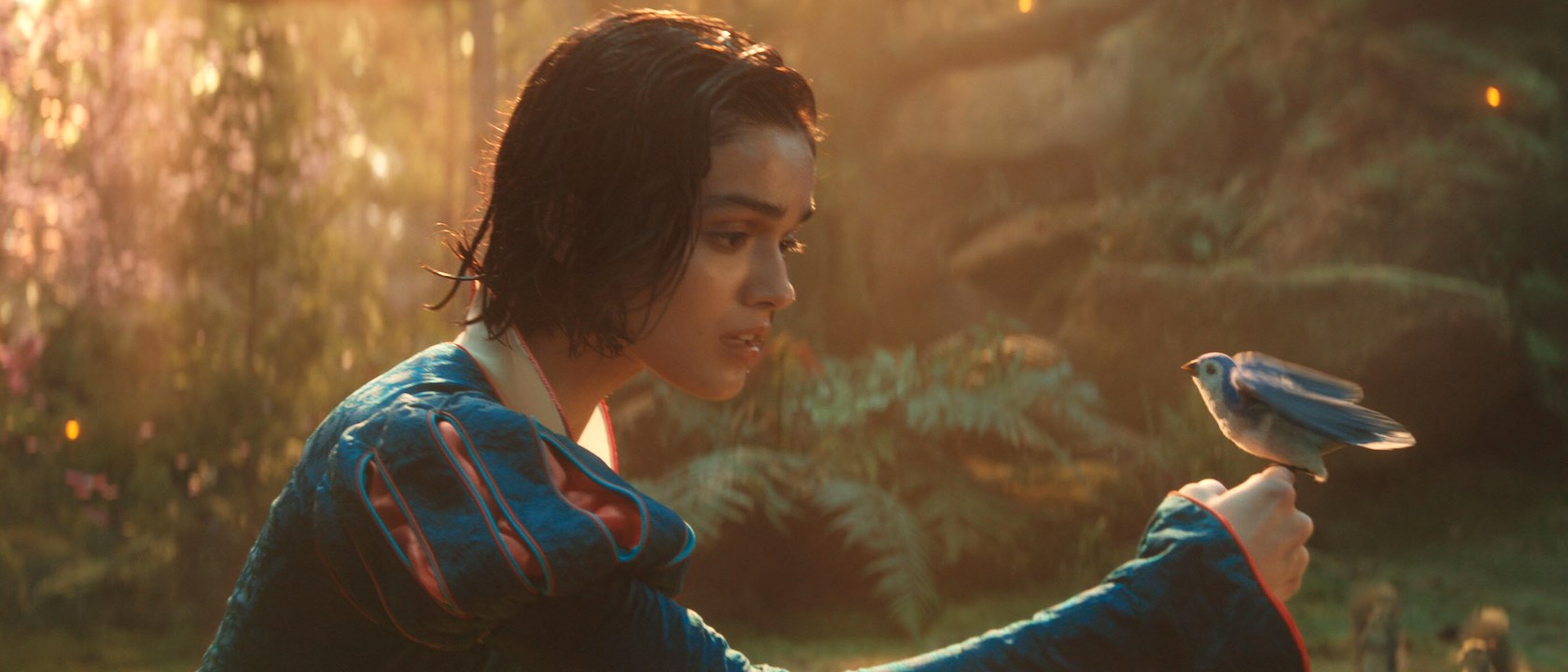In these days, where idols are voted for on television and space travel doesn’t even make the evening news, it’s good to remember that once people were considered heroes for actually doing something worthwhile. Sometimes, they even put their life on the line, like three men did on April 11th, 1970. I’m old enough to remember when school would come to a grinding halt and we would sit in our classrooms watching the space shuttle launch. Those were always my favorite days, not because school was on hold (although that was nice) but because these pioneers of space were accomplishing something great. I was a huge enthusiast of the space program, and even as a kid names like Neil Armstrong or Gus Grissom meant something to me.
Jim Lovell, Fred Haise, and Jack Swigert were men just as legendary as Armstrong, although at the time they were unknown to me. It wasn’t until years later, 1995 to be specific, long after schools stopped paying attention to space launches, that I learned their tale, thanks to Tom Hanks and Ron Howard’s desire to tell the story of three brave souls who almost committed the ultimate sacrifice in the name of space travel with their film Apollo 13.
The Apollo 13 space flight was nothing short of an absolute miracle. A little over two days after the moon-bound voyage entered space, a mishap with one of the oxygen tanks caused an explosion, rupturing another oxygen tank, blowing off an entire side of the command module, and rendering the command module almost useless. Quickly the crew had to shut down to command module and take refuge in the lunar module (LEM). Originally designed to carry two men to the moon, the LEM became a lifeboat for the crew for four days until their return to earth.
Everyone involved in the film has dedicated themselves to paying tribute, and not exploiting, the crew of the Apollo 13 mission. This is clearly obvious in every frame of the film, with realistic recreations of mission control and the Aquarius and Odyssey space vehicles, and the portrayals of Jim and Marilyn Lovell (Tom Hanks and Kathleen Quinlan), Jack Swigert (Kevin Bacon), and Ken Mattingly (Gary Sinise). Of special note though is Bill Paxton’s Fred Haise. Paxton is typically an over the top actor, and while I usually love the style that made his characters wonderful in True Lies and Aliens, here he offers a much calmer, subdued performance that really works for this film.
Despite all of those fantastic performances, Howard makes a great effort to keep the film from giving sole credit to the three astronauts for their survival. There was a huge staff back on earth helping battle obstacle after obstacle that came up, and Howard makes sure they get their kudos as well. Under the watchful eye of Mission Director Gene Kranz (Ed Harris) the men of mission control literally come up with a way to make a square peg fit into a round hole and rewrite the entire mission handbook in an effort to save their people in space. Often biopic flicks so easily make heroes out of men who don’t necessarily deserve it. Apollo 13 makes sure it’s known that every man who was a part of the mission, whether they were in space or on earth, was important and made a difference.
With Apollo 13 Ron Howard makes every effort to stay truthful to the people involved and keep the story real. Sure Howard picked the story of the most dramatic of the Apollo flights for his space movie but, dramatics aside, it’s a story worth being told. Never in the history of our space program has there been a tragedy of this scale that left any survivors. Apollo I, The Challenger Shuttle, and The Columbia Shuttle all left their respective crews dead, but Apollo 13 served as a reminder of the dangers of space travel while simultaneously proving the mettle of NASA’s engineers and astronauts. The film keeps us from forgetting those moments and, as Ed Harris’s Gene Krantz says, NASA’s “finest hour”. The Tenth Anniversary Edition of Apollo 13 is a bit bittersweet. While the film has been digitally remastered for this DVD release, the extra material on the discs are identical to previous editions of the film. Still, when you’ve got “the right stuff” you don’t necessarily need to change (sorry, couldn’t resist).
The big difference in this release is that not only have the films been remastered, but that there are two versions of the film available. The first disc contains the original theatrical cut of the film, scaled at 2.25:1 (anamorphic for those interested). The second disc contains the recut of the film that was put out on IMAX screens titled Apollo 13: The IMAX Experience. This version is scaled at 1.66:1 (so it fills those widescreen televisions nicely) but has part of the film removed, clocking in at almost half an hour shorter than the full movie. Most of the removed scenes have little to do with the actual mission or the tension of the movie, but in a film this strong, removing even the smallest character building scene is a real shame, robbing the audience of excellent performances and moments.
The rest of the extras are identical from previous releases and focus primarily on emphasizing the reality the movie presents. “Lost Moon: The Triumph of Apollo 13” goes chronologically through the movie, comparing it with real events. It puts the truth behind seemingly cheap attempts to increase tension, like Marilyn Lovell losing her wedding ring down the shower drain hours before the Apollo liftoff (that actually happened) and the conflict between Swigert and Haise as the crew suffers fatigue and hunger (dramatic license). The featurette also looks at the special effects which recreate a more dramatic version of NASA footage so realistic that Buzz Aldren asked Ron Howard what vault the shots had come from. Those special effects are another thing that put Apollo 13 just above other space films like The Right Stuff which only used NASA archival footage. Ron Howard could have gone with some really over the top special effects, but instead just improved on sequences most people have seen for years, keeping a familiar feeling to their impressive shots.
Two other featurettes are included. “Conquering Space: The Moon and Beyond” goes into detail on the last forty-five years of space travel, but feels a lot like the kind of film they’d play in school to teach you about the space program. It hits the highlights of each project and our competition with the Russians in the space race. Unfortunately it doesn’t go into tons of detail about a lot of the missions, just whetting the appetite for those who are interested in learning more. “Lucky 13: The Astronauts’ Story” is a “Dateline NBC” segment giving a brief overlook at the Apollo 13 mission. No doubt it aired to coincide with the release of the film, so including it on the disc isn’t a big surprise. If you’ve watched the film though, there’s no point to this little featurette, because you’re already familiar with the story.
One of the great things about all of these featurettes though is the fact that you get to see the real people who were involved. Everyone who was available for interview seems to be somewhere on one of the featurettes, down to Sy Liebergot, who in the movie is played by Clint Howard. Through all of this you realize what a dynamic person Jim Lovell is, which is why it makes sense that they use him for one of the two commentary tracks for the movie. Jim and Marilyn Lovell make up one of the commentaries, talking about what really happened and how real the film seems at times. The other commentary is done by Ron Howard, who also talks about what really happened, and how he tried to recreate that.
Finally the theatrical trailer is included on the disc (always a plus) as well as some production notes. The production notes are probably the low point of the set, as they are pretty redundant with information covered through the featurettes, and who really does text screens of information on DVDs these days anyway? They should have either composed the leftover information into one more featurette, left the production notes out, or put them in a booklet in the DVD case rather than on the disc.
Apollo 13 is one of those movies I enjoy immensely every time I view it, but for some reason over the long run it sits on my shelf collecting dust until a couple of years later when I revisit it again and remember how much I like it. For anyone who has ever dreamed of being an astronaut, this is a crucial film - not only because of its realistic portrayal of space travel, but as a reminder that there is nothing ordinary about traveling from the earth to the moon.
The Story Behind How Tom Holland And Jon Bernthal Helped Each Other Audition For Their Massive Marvel Roles: ‘I’m Gonna Get This’
Roman Reigns Surprising Comments About His WWE Future Are Making Rounds, But I Don't Think It Means What People Are Saying
Charlize Theron Only Had One Line In Apple TV+'s The Studio. Why The Co-Creator Told Me It Was The 'Most Baller Thing Ever'











